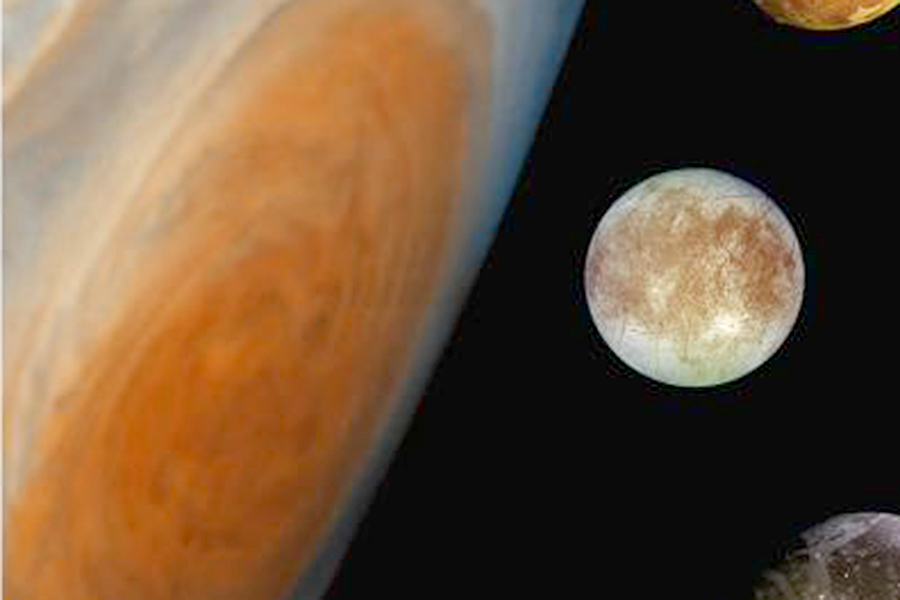Jupiter-like star spot: Are storms more common than astronomers thought?
Loading...
The Pacific Northwest in the United States is getting pounded with storms, and New England eyes the weather with wariness, following its snowiest February on record. But scientists have discovered a storm on a distant star that suggests large meteorological events are not unusual in other parts of the galaxy.
A group of US and Canadian astronomers have scanned the stars and found one with a giant storm rivaling anything seen on this planet, they reported in the Astrophysical Journal. The storm is larger than Earth itself, so astronomers have compared it to the distinctive Red Spot on the planet Jupiter, according to a NASA release.
"The star is the size of Jupiter, and its storm is the size of Jupiter's Great Red Spot," said the study's lead author John Gizis of the University of Delaware, according to a NASA release. "We know this newfound storm has lasted at least two years, and probably longer."
Determining the frequency of such storms will require more time and sky-searching, but the discovery of the first giant star storm proves wild weather is more common in the universe than astronomers had evidence for previously.
"We don't know if this kind of star storm is unique or common, and we don't [know] why it persists for so long," Mr. Gizis said in a NASA release.
The stormy star is technically an L-Dwarf, which is a temperature-based classification including both stars and brown dwarfs. Astronomers believe the celestial body in their study is a star, which would make it the first to have a storm, according to Phys.org.
Astronomers have only recently realized they could see and study cloud storms on brown dwarfs, Space.com reported.
"A large fraction of brown dwarfs show cyclical variability in brightness, suggesting clouds or storms," Aren Heinze of Stony Brook University said in a news conference at the American Astronomical Society in January 2014.
The dark spot is still going strong after two years of observation, according to the study. The storms astronomers found on brown dwarfs were on the scale of hours or days, so the two-year star storm is unique among L-Dwarfs.
Astronomers found this storm by using the Kepler and Spitzer telescopes together, reported a NASA release:
Follow-up observations with Spitzer, which detects infrared light, revealed that the dark patch was not a magnetic star spot but a colossal, cloudy storm with a diameter that could hold three Earths. . . .While this storm looks different when viewed at various wavelengths, astronomers say that if we could somehow travel there in a starship, it would look like a dark mark near the polar top of the star.
Astronomers now have a model of how to use the Kepler and Spitzer telescopes in tandem to locate star storms and plan to keep searching the skies for more out-of-this world weather forecasts.








